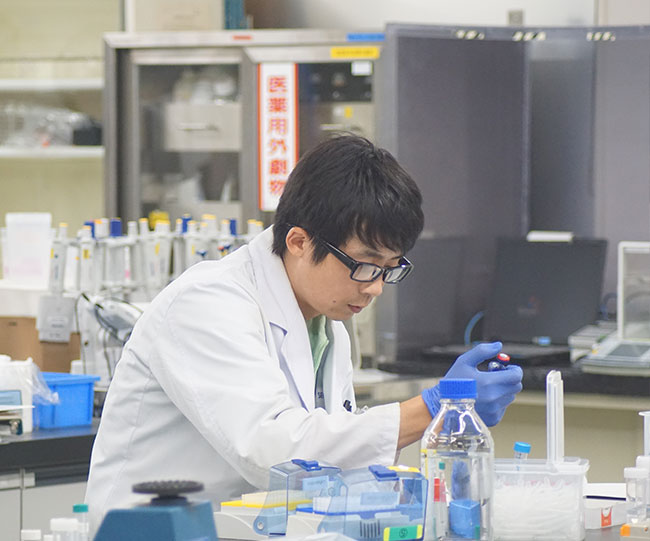If you see significant inhibition of bile salt export pump (BSEP) in your in vitro Drug Transporter Inhibition studies or if you have observed hepatotoxicity in animal testing, you might consider exploring your drug’s potential to precipitate bile acid-dependent cytotoxicity as part of your preclinical drug safety program. These data can help you evaluate your molecule’s risk of precipitating Cholestatic Drug-Induced Liver Injury (DILI).

Cholestatic Drug-Induced Liver Injury (DILI)
You can now request quotes for our research services on BioIVT.com!
Whether you need a single assay or a complete ADME program, BioIVT’s experts will help design and implement the appropriate studies for your drug and research objectives. View BioIVT’s comprehensive portfolio of ADME research services.
Drug-induced cholestasis is recognized as one of the prime mechanisms for Drug Induced Liver Injury (DILI), which accounts for 5% of all hospital admissions, and 50% of all cases of acute liver failures in the United States [1]. Proper cholestatic DILI assessment can identify compounds that would fail in later stages of drug development or clinical trials, or provide helpful data for a drug candidate’s safety profile in the Investigational New Drug (IND) submission.
Through our partners at the Drug Development Solutions Center, we offer two studies to evaluate bile-acid induced cytotoxicity of a test compound which could indicate cholestatic DILI risk:
Cholestatic DILI Risk Assessment Services We Offer
Bile Acid-Dependent Hepatotoxicity
The Bile Acid-Dependent Hepatotoxicity study provides a functional assay that contributes to an assessment of your drug’s cholestatic DILI risk by evaluating a test article’s effect on bile acid accumulation leading to hepatocyte apoptosis using sandwich-cultured human hepatocytes.
Reciever Operating Characteristics (ROC) Analysis
Our ROC service incorporates in vitro and clinical data from multiple compounds to predict clinical cholestatic DILI or related risk associated with a drug candidate. The analysis compares lactate dehydrogenase (LDH) release seen in cytotoxicity experiments to alkaline phosphatase (ALP), a known clinical hepatotoxicity biomarker, with variable specificity and sensitivity parameters to establish a cut-off value.

References:
- Pandit A., Sachdeva T., Bafna P. (2012). Drug-induced hepatotoxicity: a review. J. Appl. Pharm. Sci. 02, 233–243. 10.7324/japs.2012.2541

